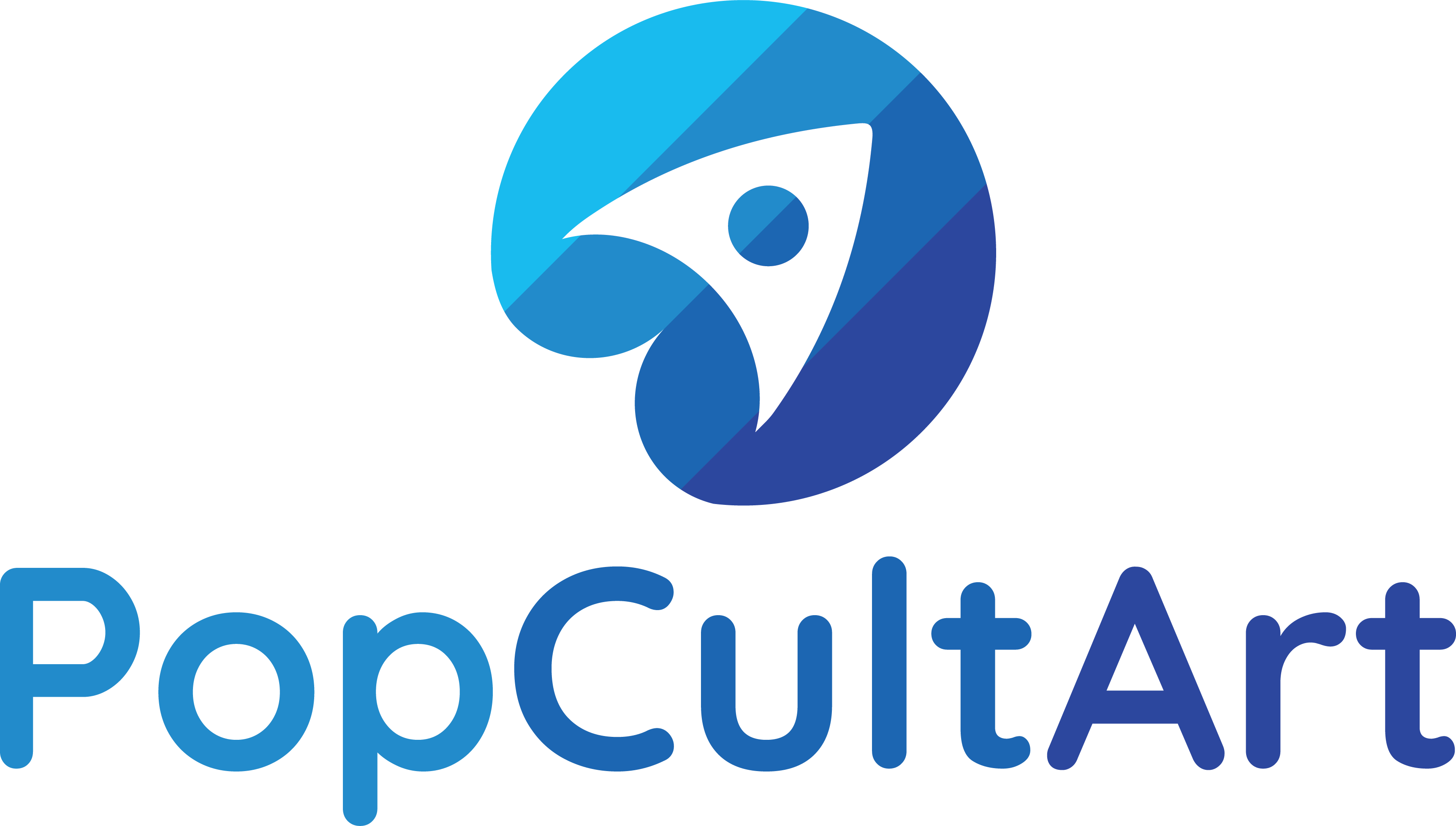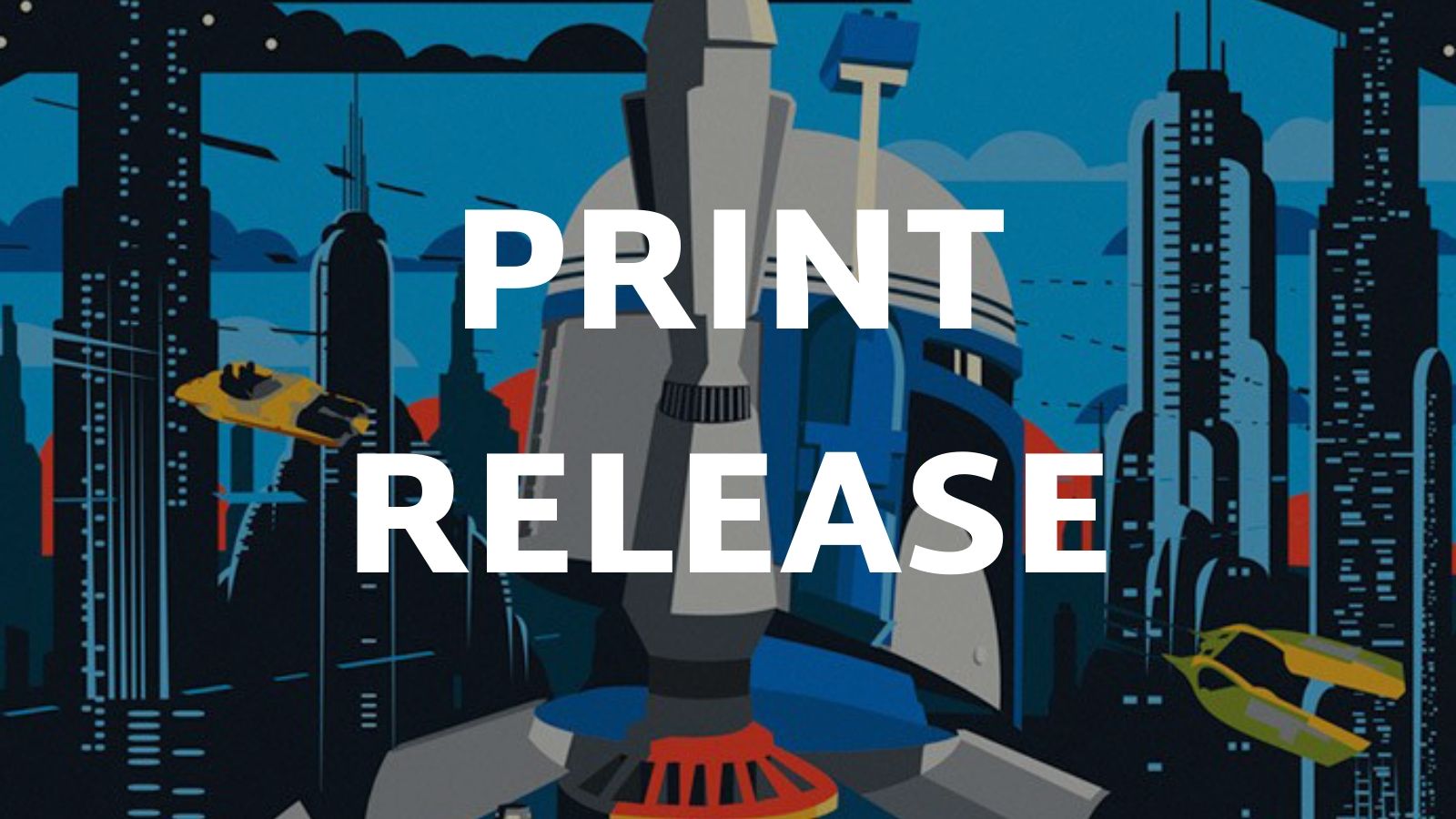Toy Story | A Retrospective Review
Toy Story (1996)
To Infinity and Beyond
The use of CGI in film first began to appear in the 1950s, with mechanical computers creating animated cels that were incorporated into the title sequence of Alfred Hitchcock’s Vertigo. Independent CGI shorts had been in existence since the mid-70s, while early 80s Japanese animes like Golgo 13: The Professional had begun incorporating digital animation into feature films. While we were still some time away from a full-length CGI-generated feature, who knew a cowboy, a space ranger, Mr Potato Head and an anxious T-Rex would be part of a group that changed film forever?
Pixar’s success over the past 25 years owes much to the success of Toy Story. Its failure in 1995 would’ve likely led to the cancellation of their 3-movie deal with Disney and at this point, we would be reflecting on a completely different course of cinema history. But thankfully director John Lasseter and screenwriters Joss Whedon, Andrew Stanton, Alec Sokolow and Joel Cohen were able to bring their revolutionary vision to life, transporting audiences back to their childhood while pushing cinematic form years into the future.
A New Kind of Cinema
In the early 90s traditional commercial animation had become stuck in something of a rut and the arrival of Toy Story mid-decade turned the industry onto is head. It announced itself as an instant classic, grounded in simple but heartfelt storytelling that spoke to the child in us all. Yet the at-the-time stunning animation work would have lost its potency if the writing had not been able to capture the hearts of the audience, and put together it proved to be an unbeatable winning formula Pixar would go on to near-flawlessly repeat for the next 15 years.
Despite the huge success of Toy Story, Disney had planned for the sequel to go direct to video (a standard practice in the 90s; see The Lion King II, the Aladdin sequel and more). The quartet of films essentially followed the same themes and plotlines established in the first, which sees the toys embark on an adventure outside the safety of their owner Andy’s bedroom, before making it back just in the nick of time. The film kick-started the Pixar Empire and each time they have returned to extend the universe they have managed to do so with care and affection.
Friendship, family and identity remain at the core of the characters, timeless themes its audience has to contend with throughout their lifetime. The arrival of Buzz Lightyear (voiced by Tim Allen) into Woody’s (Tom Hanks) world and his instant promotion to Andy’s favourite toy suggests what can happen when you take yourself and others for granted. The hilarious bickering and Woody’s green-eyed jealousy that drags the two into one scrape after another sees them as an old married couple of sorts – irrevocably tied to each other for better or worse.
Tearing Up the Animation Playbook
While Toy Story is set within a young child’s play world, it is far more about the expectations of adulthood than anything else (as are many Pixar films). The animation was groundbreaking enough at the time, and they were equally prepared to rip up the animation playbook. For decades Disney had served up loveable animals, princesses and magical creatures reaching for the stars in fantasy worlds – while here we see toys happily accepting the limitations of their lives. It reflects on our own existence in the way reality rarely matches our dreams and our struggle to come to terms with that fact.
Where Buzz once thought he could really fly, he comes to accept that “falling with style” is enough. By the end, no longer is he a space ranger with the power to defend the galaxy and defeat the evil Zurg. He’s simply a toy. A child’s plaything. But that’s ok. His ability to fight “To infinity and beyond!” is a running gag because deep down we all know that while the galaxy continues to expand, the reality of life tends to shrink our ambitions the further we leave our childhoods behind. The fact this interpretation can be read in a kid’s film is quite remarkable and should not be overlooked.
Aside from the bravery of the script, it’s easy to see the impact Toy Story has had on cinema today. The animation industry is now the biggest it has ever been, creating opportunities for smaller and diverse studios like Aardman and Laika to succeed, while animation as an art form remains relevant and more accessible to younger generations (for example, see this Disney-authorised stop-motion version of Toy Story 3 made by two teenage brothers).
You could even argue that Pixar’s acquisition by Disney and ongoing success help put the studio in a position to acquire Marvel and set up the creation of the MCU. Maybe that’s giving the film too much credit, but it’s undeniable that Woody, Buzz and co. are the modern iterations of Mickey Mouse and his gang, cultural icons that changed the course of cinematic history.




